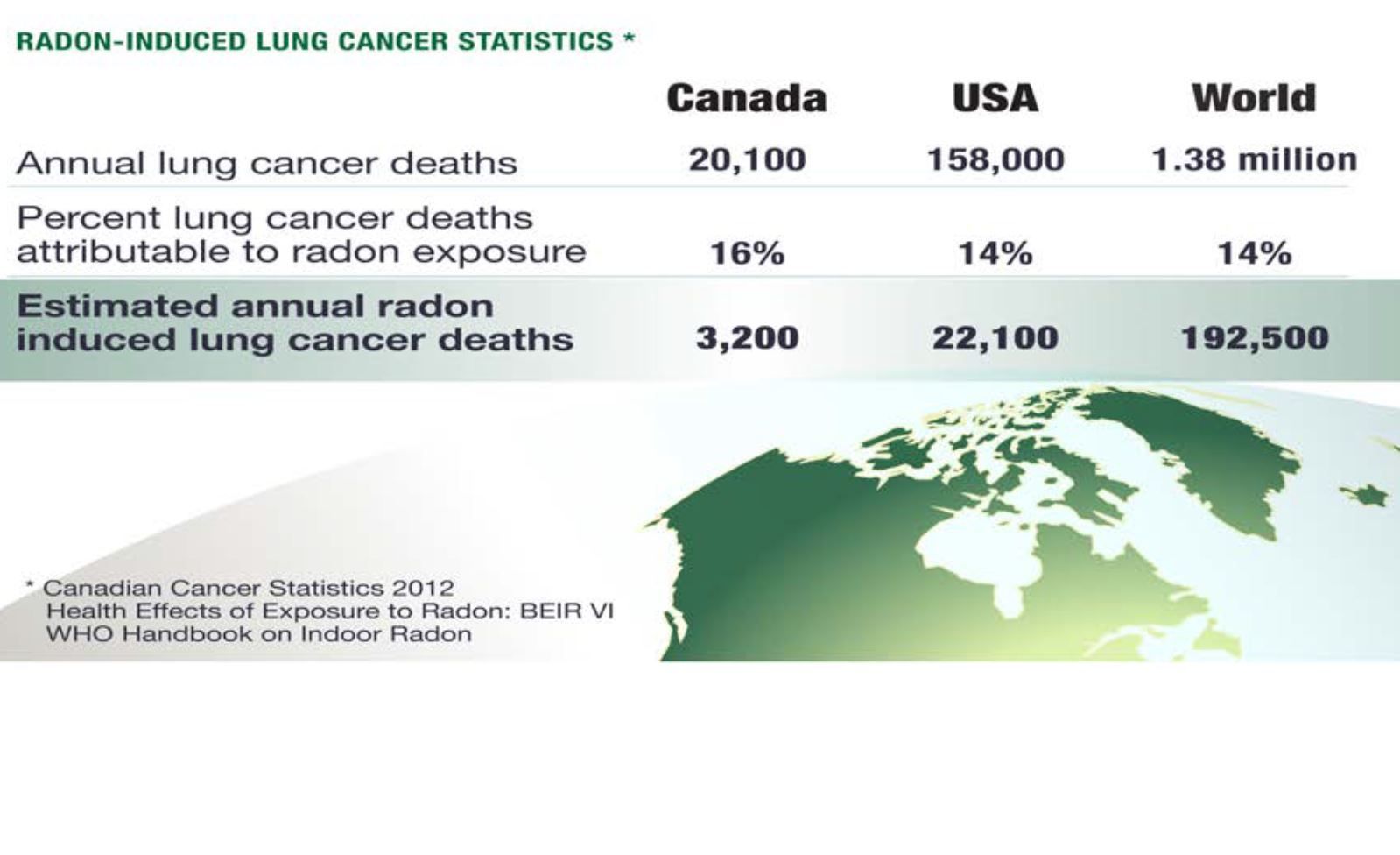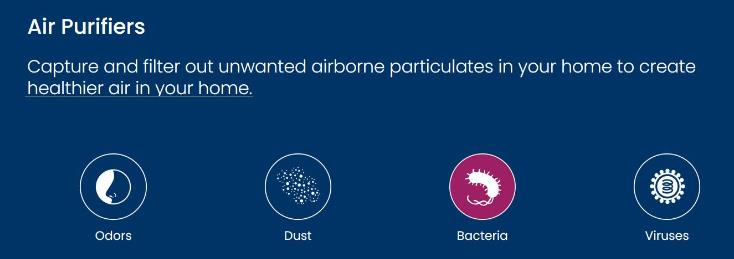What are the main factors that affect indoor air quality? (IAQ)
The U.S Environmental Protection Agency (EPA) warns that the air in most homes is two to five times more polluted than the outside air. (EPA IAQ)
As building techniques advance and we are making tighter building envelopes with so many sources of VOCs (volatile organic compounds), noxious pollutants, dander, mould, allergens, radon, Ozone, bacteria, secondhand smoke, outside polluted air, asbestos-containing materials, formaldehyde emissions, and viruses in our homes, careful attention to the air we breathe has become high on the priory list. These indoor air contaminants pose significant health risks, and dealing with indoor air quality problems fuels a large industry providing a plethora of solutions targeted at reducing indoor air pollution. But which ones do you choose? How do you navigate through the maze of options?

IAQ or Indoor air quality is often taken for granted, but designing and installing a system that will deliver health and wellness, proactively managing the air with microscopic filtration, taking advantage of often better outdoor air quality, bringing in volumes of fresh air, and precisely controlling indoor humidity levels and temperature are cornerstones to healthy indoor air in our high-performance homes.
Its good to keep in mind while building codes provide minimum requirements for mechanical and natural ventilation and protection from radon gas, these are basic requirements for providing adequate but not necessarily optimal ventilation, particularly as homes become tighter!

Many after-market products are available to “spot” clean air with air purifiers, but the most effective filtration and fresh air systems are whole house-based systems. There are so many indoor air pollutants and health professionals have long recognized the harmful effects of inadequate ventilation, which results in poor quality air, using the furnace and duct system to distribute clean, fresh filtered air as opposed to smaller aftermarket filters just makes sense and gives long-lasting proven health benefits.
Moreover, the furnace, already installed providing air conditioning and heating, is a cost-effective solution as it moves many cubic feet per minute of air, so all we are really doing is using that air movement to filter out indoor sources of pollution by combining natural ventilation ( via an HRV) to provide proper ventilation and air cleaning and reducing indoor pollutant levels and combat poor air quality and the adverse health effects that result.
Top 7 reasons why indoor air quality ( IAQ) is so important now?
Our homeowners have their own reasons, but here are the top seven that we hear:
- We spend longer periods of time indoors breathing the indoor air, so we want it as pure as it can be
- We don’t tend to open windows as much, and often in spring, we seem to switch right from heating to AC, so knowing the indoor air is automatically cleaned from potential sources of pollution and fresh important
- Our houses are becoming tightly sealed, which I know prevents drafts and saves energy, but we need to make sure the air is filtered, clean, and fresh with minimal health hazards
- with home cleaning and personal care products so commonplace and the inevitable unhealthy off-gasses, they need to be exhausted out of the home so adequate ventilation is key
- pets are part of the family, and handling pet dander and odors is crucial to keep the indoor air fresh, so proper filtering is important and getting rid of stale air and replacing it with fresh incoming air makes great sense
- being health conscious and learning about pollutants, controlling and filtering the air is so important and having guaranteed results is reassuring
- having the right indoor air has great health benefits,knowing house dust mites, radon gas which is not negotiable.
Tight envelope, Filtration, and Fresh air
The forest fires recently raging in the American west were a challenge for scores of homeowners as smoke-filled polluted air made its way into many homes. After conditions became unbearable with smoke infiltration, families were forced to leave their homes. Much like the TESLA cabin air filter test, we were inspired by the account of one of our colleagues who owned a NET ZERO home that became the refuge for a large part of his extended family whose homes had high carbon dioxide concentrations and high PM2.5 particle levels.
The tightness of his home and the filtration systems were able to provide fresh, clean air wild the smoke and fires raged outside with elevated levels. The state-of-the-art filtration inspired by ICU and clean rooms made sure the home stayed clean and fresh, readily combatting the smog and pollution from the fires.

To have good building air quality, every home needs to be tested to be airtight as precisely measuring, mixing, and filtering the indoor air becomes a losing battle if the home’s walls leak! Net Zero home standards require a leak rate of less than 1.5 Air changes per hour under a standard test. This ensures the home is sealed, and small holes are plugged, keeping out unwanted insects!

Next, the furnace is the lungs of the home, and engineering its filtration system to clean, then send the fresh air throughout the house is job one in IAQ. Accurately calibrating the filter sizing and furnace capacity is essential in this careful balancing operation. Filters finer than MERV 14 will filter down to tiny micro-particle size scrubbing the air, removing dust, pollen, dust mites, dander, and that finer filtration means even viral particles are trapped!

Particularly in areas susceptible to high ozone levels use of carbon filters captures the ground level ozone caused by smog and sunlight reacting together. Good news for asthma and allergy sufferers who struggle to breathe polluted air!
Either a carbon prefilter or a combination carbon and merv-rated filter can be used as an important component of the whole home filtration system. Carbon also removes other pollutants and organic chemicals from the airstream.
PM 2.5 is the industry designation for particulate matter that can penetrate into the respiratory tract and lungs. The Health departments and WHO recommends a PM2.5 level lower than 5 micrograms/ m3 for air to be considered GOOD. Because of their size, these damaging particles can enter the bloodstream and have damaging effects on health.

When cooking, particularly frying, particles can become airborne and are harmful, particularly with an inadequate supply of fresh air. Utilizing a properly designed stove hood exhausts harmful VOCs and tiny PM 2.5 particles generated from the cooking process and ensures safe and lower indoor levels of pollutants. Similarly, bathroom odours and shower humidity is, in the same way, “spot removed” from the affected areas leaving the rest of the home largely unaffected.
An HRV or ERV, the “fresh air box” supplies clean, fresh air to the home’s interior while recapturing the energy from the exhausted stale air, ensuring a constant supply of filtered fresh air and by dilution can reduce radon levels. This filtration, fresh air, dilution and spot exhaust of unwanted pollutants are key to great indoor air quality.
The result is a personal “bio dome” that is super clean with the air scrubbed of pollutants and impurities down to microfine levels!

What are the health benefits of good indoor air quality?
- For many working from home, it provides a comfortable healthy workplace and peace of mind that household air pollution is being dealt with.
- Ability to control relative humidity to be at the most healthy levels ( prevents dehydration and brain fog)
- Increases sleep and reduce fatigue.
- Lower indoor air pollutants, mold and other offenders

- Reduced risk of cancer from Radon by lowering levels of radon
- Relieves many symptoms of Asthma and allergy sufferers, reduces sinus congestion
- More pleasant fresh air with odours and pollutants exhausted to the outdoors
- promotes health and invigorates and bolsters the immune system.
- Reduces PM 2.5 exposure
- less insects, mites, dust, pollen, dander, mould, and VOCs







